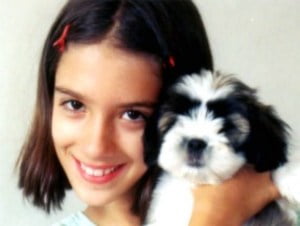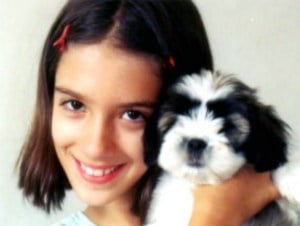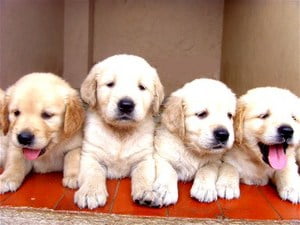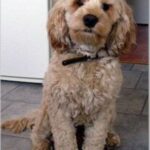If you’re planning on purchasing a puppy, and are searching for a breed that does not shed hair, I have bad news. There is no such animal. Like humans, all dogs must lose some hair in order for new hair to grow. If you don’t find dog hair scattered around the house, it is likely to be matted in the animal’s undercoat.
Dogs whose coats appear to shed less than average are often labelled “hypoallergenic”, because many people believe that some breeds are less likely to cause allergic reactions in individuals with sensitive immune systems.
Most dogs have two coats of fur. One is finer, shorter and close to the skin; the second is coarser and longer. In most animals, the hair falls out and falls on the floor, rug or adjacent furniture. Some animals shed continually, others once or twice a year.
When the hair falls out on the “non-shedding” breeds, it becomes matted in the undercoat. This type of dog requires frequent brushing to keep its coat soft and tangle-free. These breeds include the Bichon Frise, poodles, some terriers, and schnauzers.
All dog owners must be prepared to either vacuum their pet’s hair off rugs and furniture frequently or to brush the dog well at least every second day. If they fail to do this for their hypoallergenic pet, his coat will become a matted mess. Not only will it be ugly and lumpy, but the clumps of hair may pull the dog’s skin and be painful every time he moves.
At this stage, the owner needs to take his pet to a dog-grooming shop. Even for a practiced professional, getting mats out of a dog’s coat is difficult. Sometimes it will be impossible without causing the dog great pain, and then his coat will have to be shaved off.
If this event occurs in winter, you will have a pet that needs extra attention to maintain its body temperature, as well as one which may look unnatural and even ugly.
Actually, it is usually not dog hair at all which causes most allergic reactions, but dog dander. Dander is minute flakes of dry, dead skin, along with bits of saliva and urine which fall off the dog, become airborne and settle on the carpets, drapery and furniture throughout the house. It remains for months throughout the inside environment.
When an individual with a sensitive immune system comes in contact with dog dander, their body mistakes it for a harmful entity like a virus or bacteria and tries to flush it away. The eyes water, the sufferer sneezes repeatedly, and the nose runs, all in an attempt to expel the offending substance.
There are measures which can minimize allergic reactions to dog dander and other airborne allergens. Allergy shots will desensitize the sufferer to a particular allergen. The home owner may purchase an air cleaner. It would be helpful to get rid of rugs and have washable floor coverings installed. Schedule regular appointments at the local dog salon and between visits brush the dog thoroughly at least every other day, outdoors if possible.
If you are planning to purchase a puppy, do your homework first. Become familiar with the characteristics of each breed and consider the health, habits and lifestyle your family. It will be well worth the effort. When you find the perfect match, your canine friend will reward you with many years of love, loyalty and pleasure.
“Dogs are not our whole life, but they make our lives whole. ” Roger Caras




